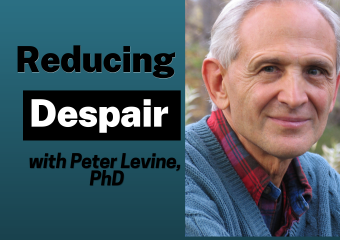As the pandemic continues, it’s not uncommon for clients (and sometimes practitioners) to become overwhelmed by feelings of despair. So in the video below, Peter Levine, PhD, shares a quick, simple exercise that your client can use if they begin to feel overwhelmed by despair. Have a listen. Click here for full transcript […]
[Infographic] How Trauma Can Affect Adult Relationships
Left untreated, childhood trauma can reverberate through adult relationships and make it difficult for your client to get close to other people. But Terry Real, MSW, LICSW has a way of thinking about the psyche that can help clients understand the aftereffects of trauma . . . . . . and help practitioners retarget their […]
Treating Trauma: How to Work with the Shame of Moral Injury
When a client experiences a moral injury, the guilt, sadness, and shame that come with it can be debilitating. It can create a deep wound at the center of a person’s identity. So how can you help a client who’s suffering from a moral injury begin to heal? In the video below, Ruth Lanius, MD, […]
[Infographic] How to Differentiate Between the Freeze and Shutdown Trauma Responses
The freeze and shutdown responses to trauma can resemble each other . . . . . . but they are very different in terms of what’s happening in your client’s brain, body, and nervous system. And that means they require different grounding strategies as well. In this infographic, we lay out some key cues to […]
A Mistake Practitioners Might Make When Their Patient Is Stuck in the “Attach/Cry-for-Help” Response
We know fight, flight, and freeze . . . . . . but recently the experts have identified several more defense responses to trauma, including “attach/cry-for-help.” This response is potentially the least understood, and it can be challenging to work with. And according to Kathy Steele, MN, CS, there’s a common mistake that practitioners make […]




